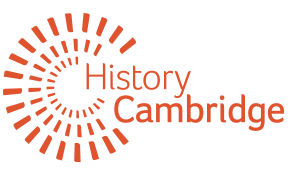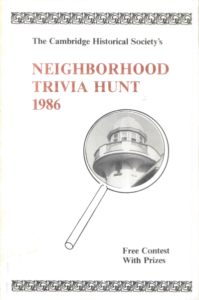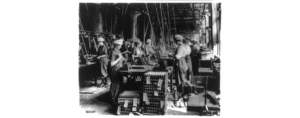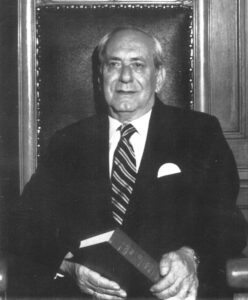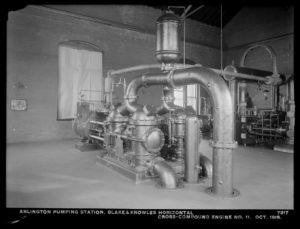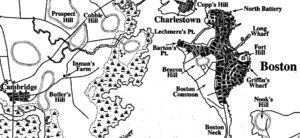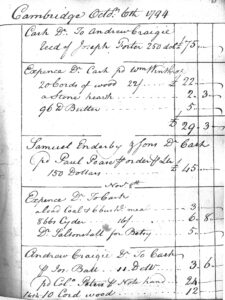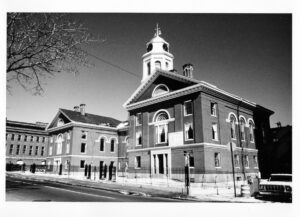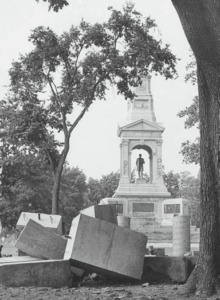Posts Tagged ‘East Cambridge’
1986 Neighborhood Trivia Hunt
Cambridge has certainly changed over time, and our 1986 trivia hunt shows just how true that is. It serves as a kind of time capsule of our city. Take a trip back in time with this self-guided tour to see how many of these sites are still around. Which ones do you recognize? Which ones…
Read MoreWho Is Essential Cambridge? Part 1: War and Industry
What was the role of Cambridge women in industrial production?
Read MoreAl Vellucci
By Gavin W. Kleespies, 2013 The name Al Vellucci meant different things to different people in Cambridge. But the name meant something to everyone. Vellucci was a political juggernaut, he knew everyone and was at every event. In the 1994 New York Times obituary for Tip O’Neill, Vellucci was quoted as saying “There were only…
Read MoreThe Blake & Knowles Steam Pump Works in East Cambridge: The Female Foundry
“Our women are strong, and fully capable of doing the work which is required of them.”
Read MoreJust-A-Start Helps Restore East Cambridge Homes
By Sal Mancini, 2013 In conjunction with the Cambridge Historical Commission, Just-A-Start has completed several projects in East Cambridge to meet the needs of low-income homeowners while maintaining historical authenticity. JAS has maintained the late-19th-century aesthetic of these East Cambridge structures while meeting modern building code requirements and the accessibility needs of their clients. Contractors…
Read MoreServing with Al
By Francis H. Duehay, 2013 I served on both the School Committee and the City Council with Al Vellucci, much longer on the City Council. Al seemed to many to be unpredictable, brash, quixotic, divisive, wily, loud, dominating, and self-centered. And he was, but he was a lot more than that. He often addressed the…
Read MoreEast Cambridge’s Road to Revolution
By Darleen Bonislawski, 2013 The events leading to the April 19, 1775, skirmish on Lexington Green began in East Cambridge. Years ago, while walking in East Cambridge (where I was born), I saw a stone marker on Second Street near the Probate Court, stating to all that “Near this spot 800 British soldiers from Boston…
Read MoreAndrew Craigie: Mover and Shaker of East Cambridge
by Daphne Abeel Craigie Street, just to the west of Harvard Square, memorializes Andrew Craigie (1754-1819), but his most significant legacy is his development of East Cambridge. He also arranged to move the courthouse and the jail from Harvard Square to East Cambridge. That move, combined with his building of the Canal (or Craigie) Bridge…
Read MoreHeading East
By Michael Kenney, 2013 To head east along Cambridge Street is to become instantly conscious that this is not the Cambridge of academia and mansions, of student hangouts and jazz clubs. It is a Cambridge that pulses with an almost old-world vitality. There are three older men chatting on the sidewalk and children in school…
Read MoreSelf-Guided Bike Tour: Pedaling the People’s Republic, A History of Political Activism in Cambridge
The city played a central role in the American Revolution and the abolitionist movement before being named “The People’s Republic” for its role in the anti-war, civil rights, tenant’s rights, gay rights, sustainable development, and environmental movements. Pedaling the People’s Republic will take participants on a tour of past political activity from the Revolution to the grass roots movements of the 20th century.
Read More